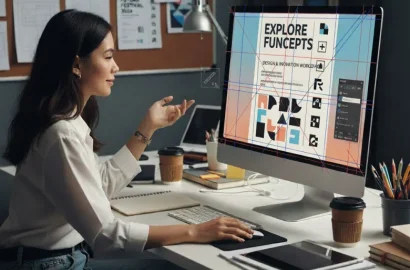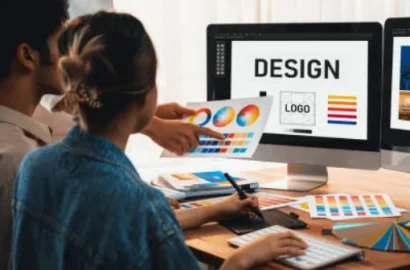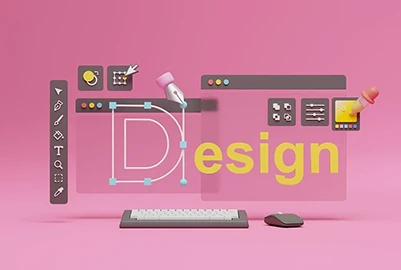Adobe Illustrator is an industry-standard design tool. In this guide, learn which jobs and career paths demand proficiency in the tool.
Adobe Illustrator is a vector graphics editor tool. Its primary function is to create digital illustrations and graphic design assets that can be scaled up infinitely without losing quality, detail, or crispness.
This powerful, precise, and versatile tool is used by all kinds of design professionals—from graphic designers and illustrators to UX/UI designers, packaging designers, and fashion designers—to name just a few.
If you’re curious about where your Adobe Illustrator skills could take you, look no further than this guide. We’ll cover:
- 9 design jobs and careers that require Adobe Illustrator skills
- Tips for how to learn Adobe Illustrator and start your design career
- Further guides and resources to learn more about the design industry
If you’re not familiar with this tool, you may wish to read our complete introduction to Adobe Illustrator first. Otherwise, let’s jump straight into those job titles.
Design jobs and careers that require Adobe Illustrator skills
1. Graphic designer
What does a graphic designer do?
Graphic designers are visual communication specialists. They create visual content for a variety of platforms and channels, including digital, online, and print.
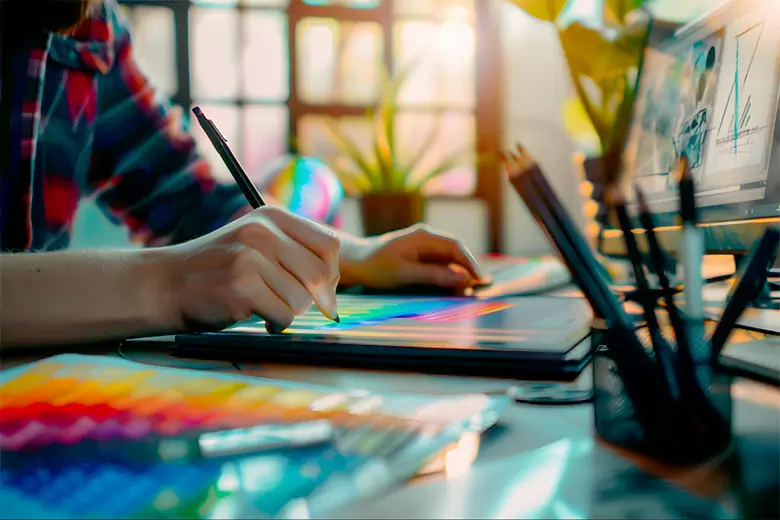
Their primary goal is to connect with the target audience and communicate a specific message through their designs—usually to promote a product, service, brand, event, or cause.
The exact tasks of a graphic designer depend on the type of graphic design they’re involved in. In general, a graphic designer may be responsible for developing design concepts, presenting ideas to clients and stakeholders, and creating design assets, elements, and color schemes.
You can learn more about what graphic design is and what a graphic designer does here.
How do graphic designers use Adobe Illustrator?
Adobe Illustrator is a key tool for graphic designers, allowing them to create high-quality vector-based graphics. They use it to design fully scalable logos, icons, and complex illustrations for a variety of projects—such as social media graphics, posters, book covers, website layouts, and marketing materials.
Whether it’s creating an eye-catching ad banner or designing a visually striking product label, Illustrator ensures that designs maintain sharpness and clarity in any size or format.
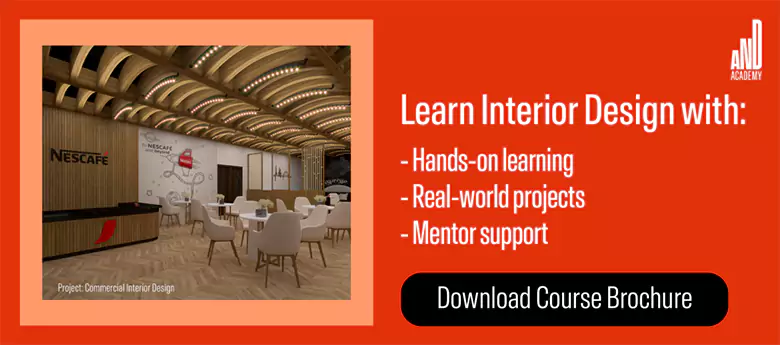
How much do graphic designers earn?
In India, the average salary for a graphic designer is ₹3,90,000. In the United States, the average salary for a graphic designer is around $55,000.
For more data and insights, refer to our graphic designer salary guide.
2. Illustrator
What does an illustrator do?
Illustrators create original artwork for a wide range of collateral, including books, magazines, advertising, product packaging, and digital media.
Their work involves conceptualizing and drawing visuals that convey ideas, tell stories, or enhance written content. Illustrators can work in various industries, from publishing and marketing to fashion and animation, producing everything from children’s book illustrations to editorial cartoons and infographics.
How do illustrators use Adobe Illustrator?
Adobe Illustrator is a powerful tool for illustrators, providing them with precision and flexibility to create detailed, scalable vector art.
They use it to design everything from intricate character illustrations and landscapes to technical drawings and stylized typography. The software’s wide array of brushes, pen tools, and layering options allows illustrators to experiment with styles, colors, and textures while ensuring that their artwork can be resized without losing quality—ideal for print and digital use alike.
How much do illustrators earn?
In India, the average annual salary for an illustrator is ₹3,48,000 (based on data from Glassdoor). The average annual salary for an illustrator in the United States is around $54,000 (according to data from Indeed).

3. UI UX designer
What does a UI UX designer do?
UI UX design is a combination of two design disciplines: user experience (UX) design and user interface (UI) design. Together, UX and UI design make up the process that goes into creating efficient digital products (such as websites and apps).
UI UX designers are proficient in both disciplines—and their work focuses on creating intuitive, engaging, and aesthetically pleasing products and experiences.
They are responsible for the look and feel of a website or app, designing visual aspects such as layouts, buttons, and icons. At the same time, they must make sure that the product is user-friendly, easy to navigate, and that it effectively solves a problem for the end user.
A UI UX designer’s work covers everything from conducting research and creating user personas to designing user flows, wireframes, prototypes, buttons, icons, and typography.
This is an extremely broad and varied role, and you’ll find a more detailed exploration in our complete guide to UI UX design.
How do UI UX designers use Adobe Illustrator?
UI UX designers use Adobe Illustrator to create wireframes, design user interface elements, and develop iconography. Illustrator’s vector-based tools allow them to design scalable assets that look sharp across various screen sizes and devices.
They may also use the tool to create high-fidelity mockups, refine design concepts, and collaborate with developers to ensure the final product aligns with the visual design and functionality envisioned during the prototyping phase.
How much do UI UX designers earn?
In India, the average yearly salary for a UI UX designer is ₹5,80,000 (Glassdoor). In the United States, the average UI UX designer salary is around $107,000 per year (talent.com).
Interested in a career in UI UX Design? Learn how to become an expert UI UX designer in 7 steps.
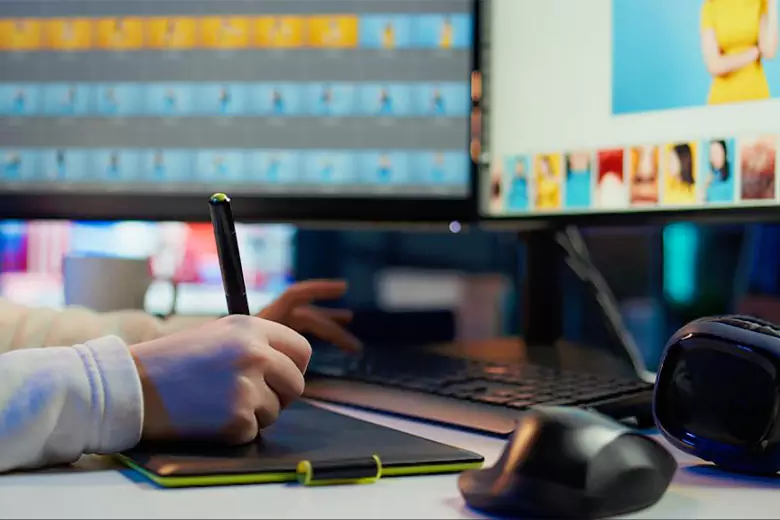
4. Logo designer
What does a logo designer do?
Logo designers typically work within the broader field of graphic design and branding. They specialize in creating unique symbols, typography, and visual marks that represent a company, product, or brand. Their goal is to distill the essence of a business into a memorable and recognizable logo that communicates its identity and values.
Logo designers often work closely with clients to understand their brand’s personality and use that insight to create a visual representation that will be used across various platforms, from business cards to websites and advertisements.
You can learn more about what a logo designer does, and the logo design process, in this guide: Everything You Need To Know About Logo Design.
How do logo designers use Adobe Illustrator?
Logo designers rely on Adobe Illustrator to create vector-based logos that can be resized and adapted without losing quality. They use Illustrator’s precision tools to craft clean, scalable designs, ensuring that logos maintain clarity across different formats—from tiny icons on social media to large-scale billboards.
Illustrator also allows designers to experiment with typography, color palettes, and geometric shapes to achieve a professional and polished final logo that resonates with the brand’s image.

How much do logo designers earn?
In India, the average salary for a logo designer is ₹2,28,000 per year (according to data from Glassdoor). The average salary for a logo designer in the United States is around $54,600 per year (Glassdoor).
5. Brand designer
What does a brand designer do?
Brand designers shape the visual identity of a company, ensuring its image is both memorable and distinctive. They develop a brand’s visual language by selecting colors, designing logos, and establishing typography that reflects the brand’s tone and values.
Beyond logos, they also create assets like product packaging, branded merchandise, and visuals for marketing materials. Part of their work involves conducting market research and collaborating with clients or stakeholders to ensure the brand identity remains consistent across all platforms and channels.
How do brand designers use Adobe Illustrator?
Adobe Illustrator plays a central role in the work of brand designers developing scalable, professional-quality brand elements. They use it to create logos, icons, and other visuals that can be applied seamlessly across digital and print media.
Illustrator’s powerful tools allow brand designers to experiment with color schemes, typography, and layouts, ensuring a cohesive visual identity. Brand designers also use Illustrator to build brand guidelines and templates that maintain consistency in how the brand is represented in different contexts.
How much do brand designers earn?
In India, the average annual salary for a brand designer is around ₹6,12,500 (Glassdoor). In the United States, the average salary for a brand designer is around $61,800 per year (Glassdoor).
6. Packaging designer
What does a packaging designer do?
Packaging designers are responsible for creating the visual and structural design of product packaging. Their work combines both aesthetics and functionality, ensuring that the packaging not only looks good but also protects the product and communicates key information to consumers.
Packaging designers consider factors such as brand identity, target audience, and the product’s market positioning when developing their designs. They work across a range of industries, creating packaging for anything from food and beverages to cosmetics and electronics.
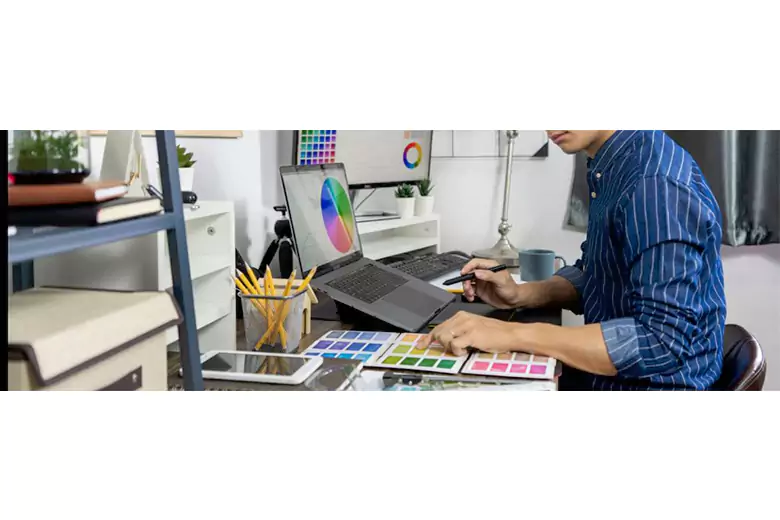
How do packaging designers use Adobe Illustrator?
Packaging designers use Adobe Illustrator to create precise, scalable packaging layouts and mockups. Illustrator’s vector-based tools make it easy to design packaging elements like logos, patterns, and product labels that remain crisp and clear when printed on various materials.
They also use Illustrator to develop dielines—templates that define the structure of the packaging—ensuring that every fold, cut, and crease is accurately represented. Not only that: this tool helps packaging designers experiment with color palettes, textures, and typography, giving them the flexibility to fine-tune every aspect of the packaging design before it goes into production.
How much do packaging designers earn?
In India, the average annual salary for a packaging designer is around ₹4,30,000 (AmbitionBox). In the United States, the average salary for a packaging designer is around $53,600 per year (Glassdoor).
7. Print designer
What does a print designer do?
Print designers create visually appealing layouts and graphics for physical printed materials, such as brochures, posters, business cards, book covers, and packaging.
They create designs for different formats and ensure that the visual elements, typography, and colors are optimized for print. Print designers must also understand the technical aspects of printing, such as color management, resolution, and file preparation, to ensure that their designs look sharp and professional in their final printed form.
How do print designers use Adobe Illustrator?
Print designers use Adobe Illustrator to create high-resolution, vector-based designs that are ideal for printing. They rely on Illustrator’s precision tools to craft layouts, illustrations, and typographic designs that can be scaled and adjusted without losing quality.
The software’s CMYK color model helps print designers ensure that colors are accurately represented when printed. Illustrator also allows them to create print-ready files, complete with crop marks and bleeds, ensuring a seamless transition from digital design to physical print.
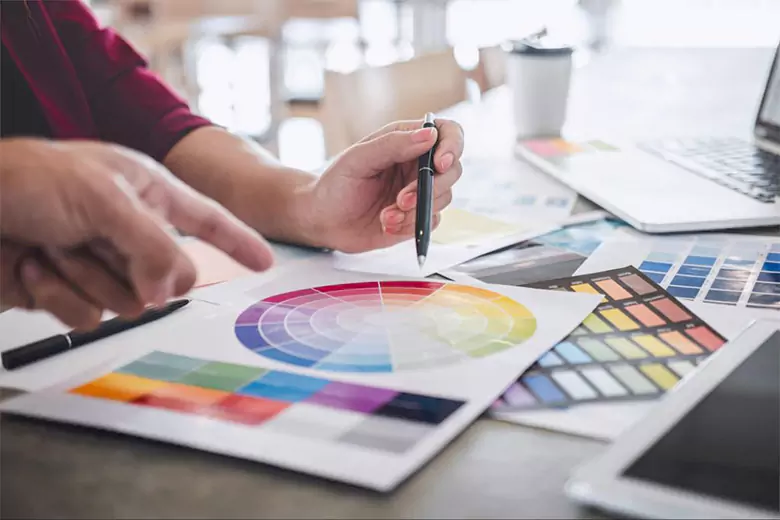
How much do print designers earn?
The average salary for a print designer in India is ₹3,00,000 per year (AmbitionBox). In the United States, the average salary for a print designer is around $64,500 (Glassdoor).
8. Motion graphics designer
What does a motion graphics designer do?
Motion graphics designers create animated visuals that bring static designs to life through movement. Their work often includes designing engaging animations for video content, websites, advertisements, social media, and film. They may also work in game design.
Such designers combine graphic design, animation, and storytelling to convey messages or explain complex concepts in a dynamic way. They may work on projects ranging from explainer videos and infographics to animated logos and title sequences for films or TV shows.
Learn more in this complete guide to motion graphic design.
How do motion graphics designers use Adobe Illustrator?
Motion graphics designers use Adobe Illustrator to create the foundational artwork for their animations. They design vector-based graphics, such as logos, icons, and illustrations, which are later animated using software like Adobe After Effects.
Illustrator’s precise tools allow them to craft clean, scalable designs that can be animated without losing quality. It also helps them create complex visual elements, which can be layered, modified, and animated seamlessly in motion design projects.
How much do motion graphics designers earn?
In India, the average salary for a motion graphics designer is around ₹4,50,000 per year (talent.com). The average salary for a motion graphics designer in the United States is around $69,000 per year (Glassdoor).
9. Product designer
What does a product designer do?
Product designers are responsible for creating and improving the design of physical or digital products, ensuring they are functional, user-friendly, and visually appealing.
They work on a wide range of products—from everyday consumer goods like furniture, electronics, and kitchenware, to digital products such as mobile apps, websites, and software.

The role of a product designer is incredibly varied. It involves developing product concepts (determining what should be designed/built and why), conducting user research, creating product prototypes, and collaborating with engineers, developers, and other key stakeholders to bring the product to life.
Just like UI/UX designers, product designers must consider both the practical and aesthetic aspects of the product, balancing form and function to meet user needs and business objectives.
How do product designers use Adobe Illustrator?
Product designers use Adobe Illustrator to create detailed vector-based sketches and design prototypes. Illustrator’s precision tools are ideal for rendering technical drawings, wireframes, and even the visual identity of products.
For digital products, Illustrator can help create user interfaces and icons, while for physical products, designers use it to draft design concepts and blueprints before moving into 3D modeling or production stages. Its scalability and clean lines make Illustrator perfect for generating designs that can be seamlessly transferred to manufacturing or further development.
How much do product designers earn?
In India, the average yearly salary for a product designer is around ₹12,80,000 (AmbitionBox). In the United States, the average product designer salary is around $122,000 per year (Indeed).
Learning Adobe Illustrator and starting your design career
As you can see, there are many interesting career paths that require Adobe Illustrator skills. So what next? How do you learn Adobe Illustrator and lay the foundation for an exciting career in design?
Here’s how to get started.
Learn Adobe Illustrator
If you’re brand new to Adobe Illustrator, consider a beginner-friendly course like this Adobe Illustrator Bootcamp Course. Through live online sessions and practical assignments, you’ll master essential Illustrator tools and techniques—such as drawing shapes with the Pen tool, working with text and typography, and applying special effects.
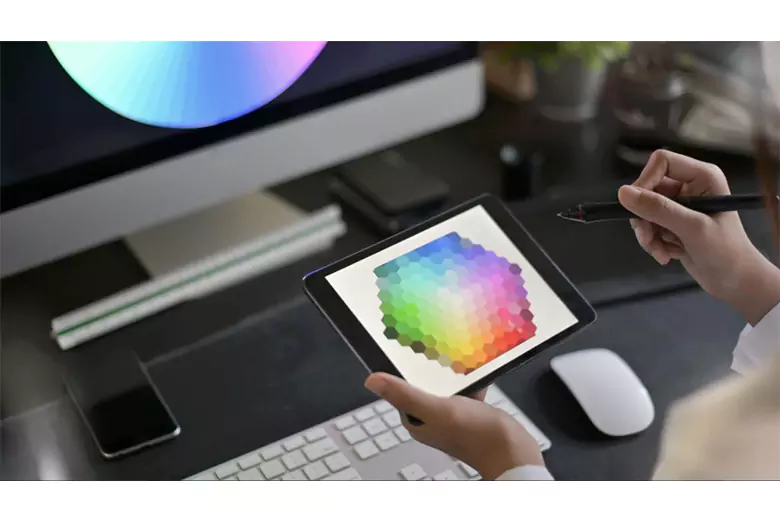
For more Adobe Illustrator courses, check out this guide: 9 Awesome Adobe Illustrator Courses (Free and Paid).
Explore fundamental design principles
There are certain principles, concepts, and techniques that apply to most—if not all—design careers. No matter what job title you’re aiming for, learning these fundamentals will ensure you have the essential building blocks in place before developing role-specific skills and knowledge.
Explore topics such as color theory, fundamental graphic design principles, and design thinking. At the same time, get to grips with specific processes and techniques—such as wireframing and prototyping or how to design a logo.
It’s also worth exploring additional industry-standard tools like Figma, and Photoshop. Together with Adobe Illustrator, such tools are widely used across many design roles. Learning them will set you in good stead for a design career, no matter which path you choose.
Take a professional course
If you’ve got your sights set on a specific career path, consider a professional program dedicated to that particular field.
Whether you want to become a graphic designer, a UI/UX designer, or an expert illustrator; there are dozens of courses out there that specialize in upskilling and career change.
Depending on your field of interest, use our comparison guides to help you find a suitable course:
- The 9 Best Graphic Design Courses and Certifications in 2024
- The 10 Best UX Design Courses and Certifications
- The 11 Best UI Design Courses To Consider for Your Career Change
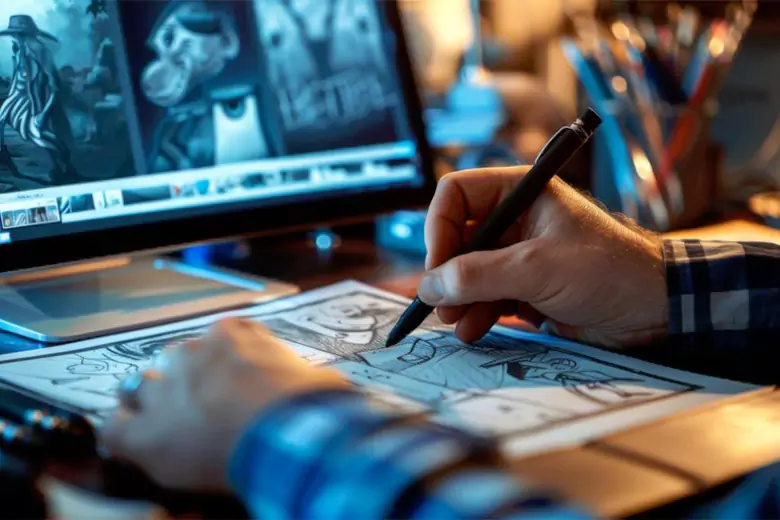
More design guides and industry insights
We hope you’ve enjoyed learning about Adobe Illustrator and the exciting doors it can open for your career. If you’d like to learn more about the design industry and what it takes to forge a career in the field, continue with these posts:
- A Complete Guide to Understanding UX Designer Job Descriptions
- An In-Depth Guide to Interior Design Jobs in 2024
- The Top Graphic Design Jobs in 2024 (And Their Salaries)
Next steps
Excited to start your career using Adobe Illustrator? You can check out our guide to building a strong graphic designer resume and this project by AND Learner, Bibin S, to get inspiration to create a portfolio that is sure to leave a lasting impression! Here are some of the resources you can consider to learn more:
- Watch this session by design veteran and AND’s Academic Head, Prachi Mittal, and our Course Lead, Soumya Tiwari.
- Talk to a course advisor to discuss how you can transform your career with one of our courses.
- Pursue our Graphic Design courses – all courses are taught through live, interactive classes by industry experts, and some even offer a Job Guarantee.
- Take advantage of the scholarship and funding options that come with our courses to overcome any financial hurdle on the path of your career transformation.
Note: All information and/or data from external sources is believed to be accurate as of the date of publication.




